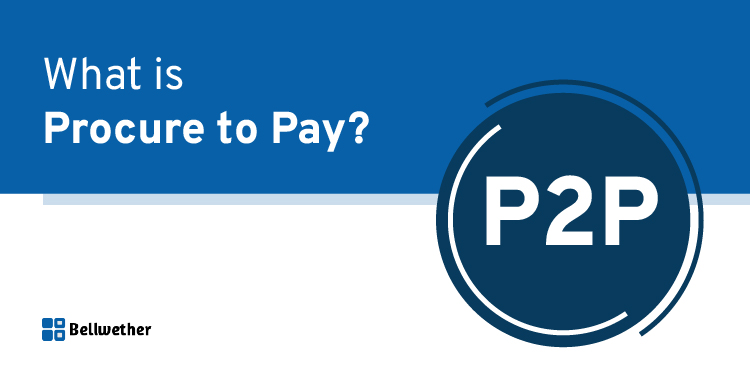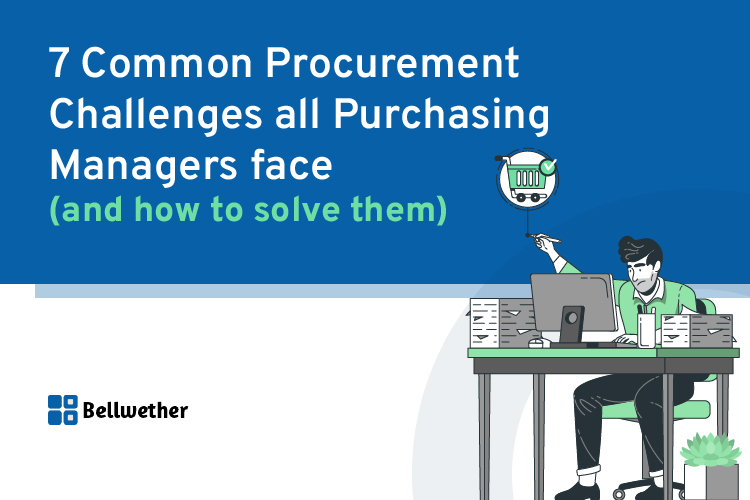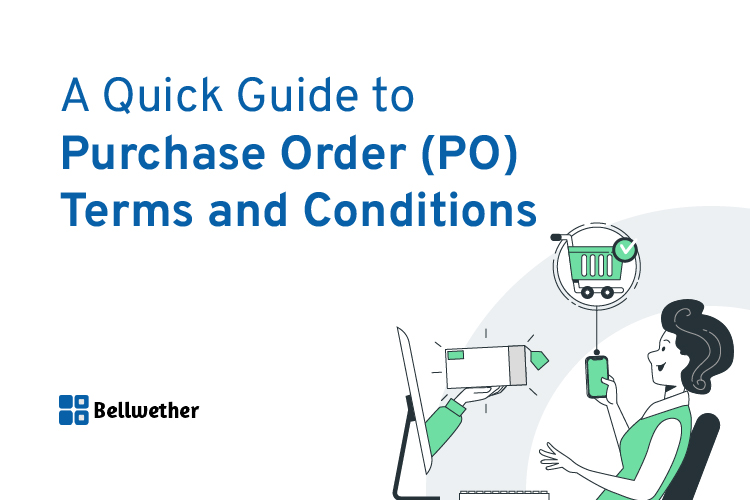Procurement fraud can be characterized as an unlawful lead by which the wrongdoer picks up leeway, keeps away from a commitment or harms his association. The wrongdoer can be a representative, possessor, statutory board part, an official, an open figure or a seller who was included in the buying of administrations, merchandise or holdings for the influenced association. We’re going to look at 6 techniques to help prevent procurement fraud.
Here are the first 3 steps of procurement fraud prevention:
- Purchasing Controls – As per Joel Bartow, chief of fraud counteractive action at ClientLogic, a business process outsourcer situated in Nashville, organizations need to have a purchasing controls framework to check every seller to verify the organization exists. When that is carried out, that merchant is put into the ‘affirmed seller record. He says that no receipt ought to be paid to any seller who is not on the affirmed record and at the address that has been confirmed. A Website does not mean that an organization does exist, nor does a voicemail service confirm this. A telephone posting is an exceptional hint. So is a discussion with a true receptionist. One warning is that when receipts are submitted that have not been collapsed, which implies they have not been sent rather, they have been made at the workplace and slipped into the framework.
- Segregate Duties – As per Cary Meiners, second VP of monetary and expert administrations at St. Paul Travelers, which is an insurance agency in St. Paul, one of the underlying empowering agents of procurement fraud is an absence of division of employment obligations. For instance, you can’t have the same individual endorsing contracts and doing the reviews. There is no balanced governance set up in that sort of a circumstance. In organizations experiencing mergers and acquisitions or quickened development, he includes, these governing rules are especially liable to succumb to the wayside, leaving the associations defenceless.
- Audits – Much of the time, as per Karen Schnatterly, a white-collar-crime master at the University of Minnesota’s Carlson School of Management, fraud comes to fruition when there’s a tight inner circle inside an association, particularly one in which the people feel entitled and maybe a little more intelligent than any other person in the room. The Association of Certified Fraud Examiners (ACFE) agrees, noting that when more than one individual commits fraud, the average misfortune climbs drastically. At the point when different culprits scheme a fraud, this makes it less demanding to evade hostile audits harmful to fraud controls.






